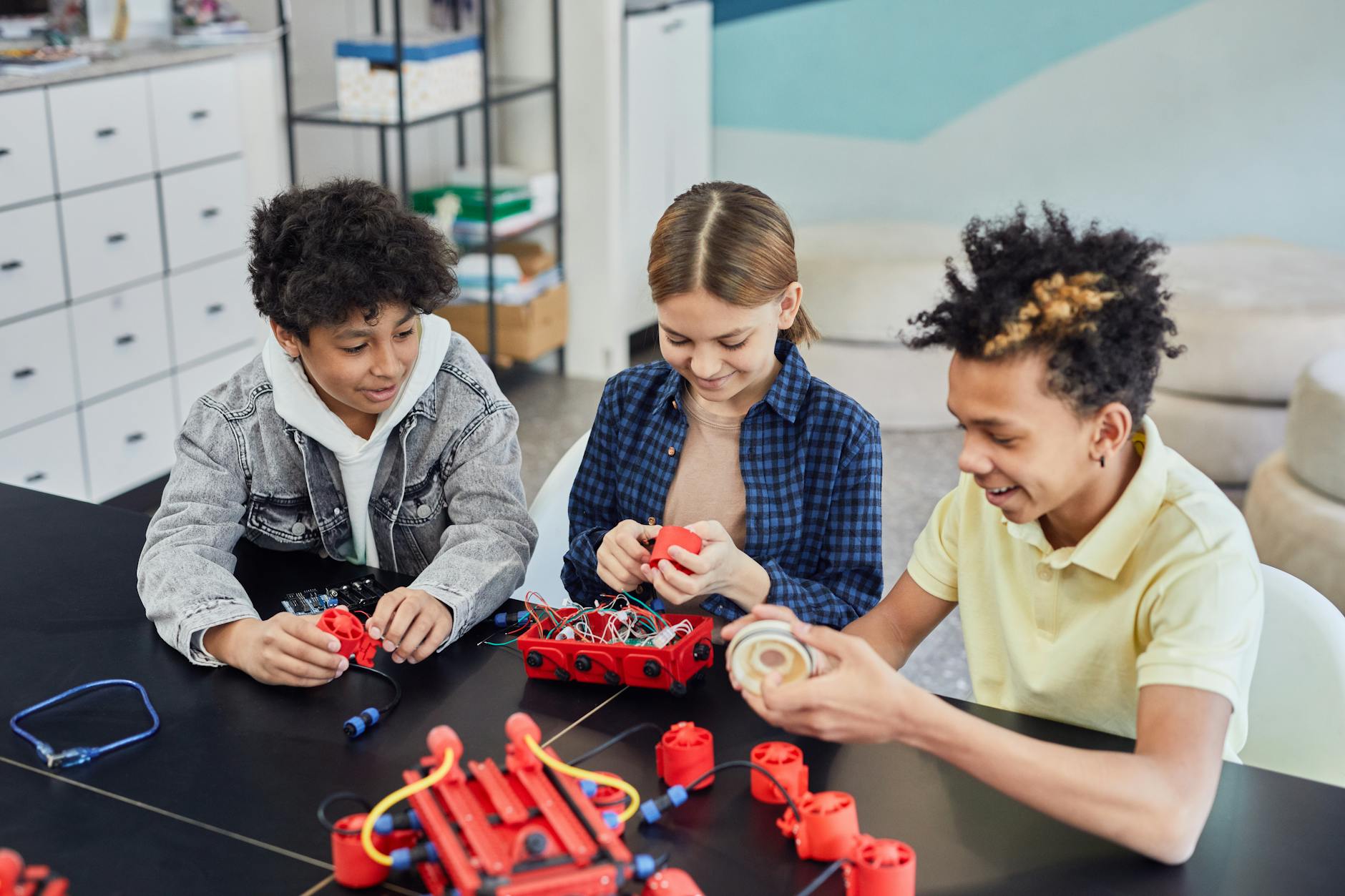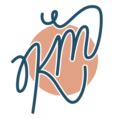In the modern classroom, the emphasis is shifting from teacher-directed instruction to student-led learning. This is empowering teachers for success! And this transformation is essential for preparing students to thrive in a rapidly changing world. Self-directed learning (SDL) empowers students to take ownership of their educational journey, enhancing student engagement, fostering critical skills such as independence, motivation, and lifelong learning. For educators and principals looking to create a culture that encourages SDL in K-12 education, understanding the underlying principles and practical strategies is key. In this blog, we will explore the benefits of self-directed learning and provide actionable steps to integrate it into classrooms.
Why is SDL important?

Self-directed learning refers to a process where learners take initiative for their learning needs, setting goals, identifying resources, and evaluating their progress. SDL helps students become more responsible for their learning outcomes, improving both their academic performance and personal development, including social-emotional learning. Research has shown that SDL fosters a growth mindset, encouraging students to view challenges as opportunities for growth rather than threats to their self-esteem. It also cultivates critical thinking and problem-solving skills, which are crucial in the 21st-century workplace.
Starr Sackstein, a prominent advocate for student voice and self-assessment, writes in her latest book Student-led assessment: Promoting agency and achievement through portfolios and conferences: “students thrive when they are given ownership of their learning.” When students actively participate in their educational experiences, they become more engaged and motivated, leading to deeper learning and better retention of information.
Let’s talk about your campus goals!
Ready to build a culture of resilience, engagement, and learner agency on your campus?
Key Principles of Self-Directed Learning
Here are five principles form the foundation of successful self-directed learning:
- Student Ownership: The first step in promoting SDL is to foster a sense of ownership in students. Teachers can create opportunities for students to set their own learning goals and make decisions about how they will achieve them. This should involve allowing students to choose projects that align with their interests or design their own learning paths within a given subject area.
- Flexible Learning Pathways: One size does not fit all in education, and self-directed learners benefit from the ability to choose from a variety of learning pathways, ultimately enhancing student engagement. This flexibility can be achieved through differentiated instruction, project-based learning, or a blended learning model that combines online resources with traditional classroom instruction.
- Reflective Practice: Reflection is a key aspect of SDL! Students should be encouraged to regularly reflect on their learning process, assess their progress, and make adjustments where necessary. As Sackstein notes, self-assessment helps students develop the metacognitive skills required for self-directed learning. Teachers can facilitate this by providing students with tools and frameworks to assess their own work.
- Teacher as Facilitator: In an SDL environment, the teacher’s role shifts from being the primary source of knowledge to that of a facilitator enhancing student engagment. Teachers guide students through the learning process, offering support, resources, and feedback rather than directing every aspect of the lesson. This approach helps students build confidence in their ability to learn independently.
- Building a Growth Mindset: Fostering a growth mindset is integral to SDL. A growth mindset is the belief that abilities and intelligence can be developed through effort and perseverance. By encouraging students to embrace challenges, learn from mistakes, and view setbacks as learning opportunities, educators can cultivate resilient and self-motivated learners.
Implementing Self-Directed Learning
While the concept of self-directed learning is compelling, its successful implementation requires thoughtful planning. Here are some practical strategies:
- Goal Setting: Begin by helping students set clear, measurable goals. Encourage them to think about what they want to learn, why it’s important, and how they plan to achieve their goals. This process not only clarifies the learning objectives but also helps students develop a sense of purpose.
- Choice and Voice: Providing students with choices in their learning helps them take ownership of the process. Whether it’s selecting reading materials, choosing between different projects, or deciding how they will demonstrate their understanding, offering choice empowers students to engage more deeply with the content.
- Learning Contracts: Consider implementing learning contracts where students outline their goals, the resources they will use, and how they plan to measure their success. This not only fosters accountability but also gives students a sense of control over their learning.
- Regular Check-ins: Although SDL promotes independence, students still need guidance. Schedule regular check-ins to review progress, discuss challenges, and adjust learning strategies as needed. This ensures that students remain on track and receive the support they need.
- Reflection Journals: Encourage students to maintain reflection journals where they document their learning experiences, challenges faced, and strategies that helped them succeed. This reflective practice promotes self-awareness and enables students to identify patterns in their learning habits.
Effective Professional Development Programs to Support SDL

SDL must be supported at the school-wide level with effective teacher professional development programs, such as our Self-Directed Learning Training . Administrators play a critical role in creating an environment that encourages autonomy and personalized learning. This involves providing ongoing professional development for teachers on SDL strategies, revisiting assessment policies to include more formative and self-assessments, and fostering a school culture that celebrates student initiative and creativity.
Starr Sackstein, in her other book titled Hacking Assessment: 10 Ways to Go Gradeless in a Traditional Grades School, advocates for schools to “rethink traditional measures of success and give students more opportunities to reflect and assess themselves.” By shifting the focus from grades and standardized testing to more meaningful assessments of learning, schools can better support the development of self-directed learners.
Conclusion
In an era where the ability to adapt, think critically, and learn independently is more valuable than ever, self-directed learning offers a pathway to deeper, more meaningful education. Of course, long-term effective teacher professional development programs are necessary to equip the educators with the tools! By fostering a growth mindset, offering choice, and providing the necessary tools and support, educators can empower students to take control of their learning. By embracing SDL, we equip students not just for academic success, but for a lifetime of learning.
KM Educational Consulting
Build Learner Agency. Strengthen Teacher Capacity. Transform Learning.

